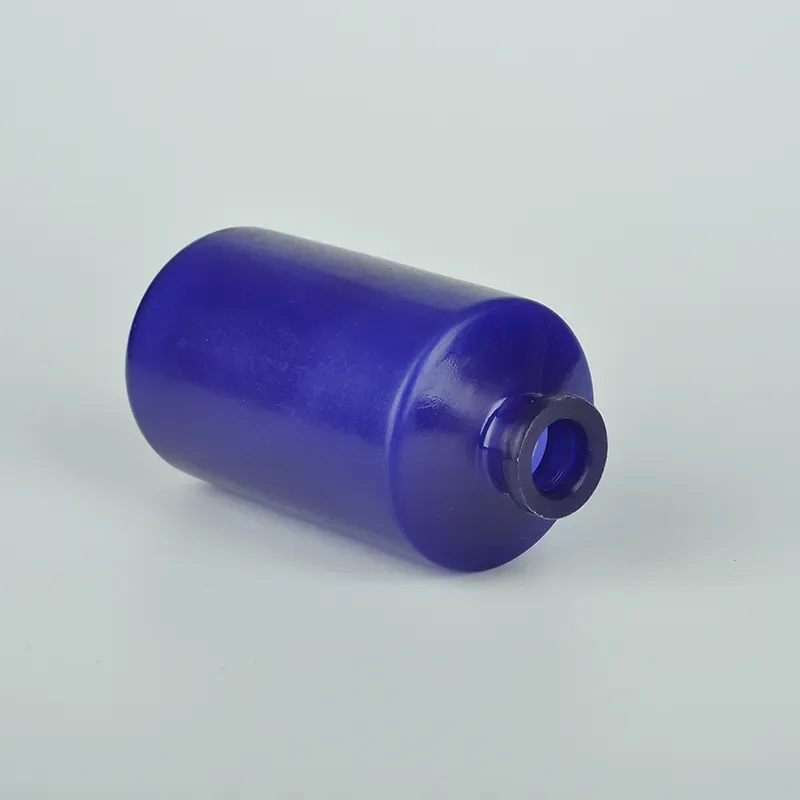
-
 Afrikaans
Afrikaans -
 Albanian
Albanian -
 Amharic
Amharic -
 Arabic
Arabic -
 Armenian
Armenian -
 Azerbaijani
Azerbaijani -
 Basque
Basque -
 Belarusian
Belarusian -
 Bengali
Bengali -
 Bosnian
Bosnian -
 Bulgarian
Bulgarian -
 Catalan
Catalan -
 Cebuano
Cebuano -
 Corsican
Corsican -
 Croatian
Croatian -
 Czech
Czech -
 Danish
Danish -
 Dutch
Dutch -
 English
English -
 Esperanto
Esperanto -
 Estonian
Estonian -
 Finnish
Finnish -
 French
French -
 Frisian
Frisian -
 Galician
Galician -
 Georgian
Georgian -
 German
German -
 Greek
Greek -
 Gujarati
Gujarati -
 Haitian Creole
Haitian Creole -
 hausa
hausa -
 hawaiian
hawaiian -
 Hebrew
Hebrew -
 Hindi
Hindi -
 Miao
Miao -
 Hungarian
Hungarian -
 Icelandic
Icelandic -
 igbo
igbo -
 Indonesian
Indonesian -
 irish
irish -
 Italian
Italian -
 Japanese
Japanese -
 Javanese
Javanese -
 Kannada
Kannada -
 kazakh
kazakh -
 Khmer
Khmer -
 Rwandese
Rwandese -
 Korean
Korean -
 Kurdish
Kurdish -
 Kyrgyz
Kyrgyz -
 Lao
Lao -
 Latin
Latin -
 Latvian
Latvian -
 Lithuanian
Lithuanian -
 Luxembourgish
Luxembourgish -
 Macedonian
Macedonian -
 Malgashi
Malgashi -
 Malay
Malay -
 Malayalam
Malayalam -
 Maltese
Maltese -
 Maori
Maori -
 Marathi
Marathi -
 Mongolian
Mongolian -
 Myanmar
Myanmar -
 Nepali
Nepali -
 Norwegian
Norwegian -
 Norwegian
Norwegian -
 Occitan
Occitan -
 Pashto
Pashto -
 Persian
Persian -
 Polish
Polish -
 Portuguese
Portuguese -
 Punjabi
Punjabi -
 Romanian
Romanian -
 Russian
Russian -
 Samoan
Samoan -
 Scottish Gaelic
Scottish Gaelic -
 Serbian
Serbian -
 Sesotho
Sesotho -
 Shona
Shona -
 Sindhi
Sindhi -
 Sinhala
Sinhala -
 Slovak
Slovak -
 Slovenian
Slovenian -
 Somali
Somali -
 Spanish
Spanish -
 Sundanese
Sundanese -
 Swahili
Swahili -
 Swedish
Swedish -
 Tagalog
Tagalog -
 Tajik
Tajik -
 Tamil
Tamil -
 Tatar
Tatar -
 Telugu
Telugu -
 Thai
Thai -
 Turkish
Turkish -
 Turkmen
Turkmen -
 Ukrainian
Ukrainian -
 Urdu
Urdu -
 Uighur
Uighur -
 Uzbek
Uzbek -
 Vietnamese
Vietnamese -
 Welsh
Welsh -
 Bantu
Bantu -
 Yiddish
Yiddish -
 Yoruba
Yoruba -
 Zulu
Zulu
2ml Sample Test Tubes for Reliable Research Applications
Sample Tubes The Role of RB 2 ml in Modern Laboratories
In the ever-evolving landscape of laboratory science, the tools and equipment we use play a critical role in the accuracy and efficiency of our work. One such essential tool is the sample tube, with the RB 2 ml variant standing out for its versatility and reliability. This article delves into the significance of sample tubes, particularly the RB 2 ml, and their impact on laboratory procedures.
Sample tubes are cylindrical containers designed to hold liquid samples for analysis and experimentation. They come in various sizes, materials, and designs, each tailored to specific applications. The RB 2 ml sample tube, with its optimal capacity, serves as an ideal choice for a wide range of laboratory tasks, from biochemistry and molecular biology to clinical diagnostics and environmental testing.
Sample Tubes The Role of RB 2 ml in Modern Laboratories
The design of RB sample tubes is another feature that enhances their usability. Typically made from high-quality plastic or glass, these tubes are designed to withstand various laboratory conditions, including temperature fluctuations and exposure to chemicals. Many RB 2 ml tubes come with secure lids, ensuring that samples are protected from contamination and evaporation. Moreover, their compatibility with standard laboratory equipment, such as centrifuges and vortex mixers, enhances their practicality in routine laboratory workflows.
sample tubes rb 2 ml

Another key aspect of sample tubes is their role in ensuring accurate and reproducible results. In laboratory settings, it is crucial to minimize variables that could affect experimental outcomes. The RB 2 ml sample tube is engineered to provide consistent dimensions and surface properties, which helps in achieving uniform sample handling and processing. This consistency is vital, particularly in quantitative assays where precision is paramount.
The RB 2 ml sample tube is also suitable for various sample types, including blood, saliva, urine, and even environmental samples like soil and water. This versatility makes it an invaluable tool in both clinical and research laboratories. In clinical settings, for example, these tubes are often used to collect and store biological fluids for diagnostic testing, facilitating the timely and reliable detection of diseases.
Moreover, the use of sample tubes like the RB 2 ml extends beyond individual laboratories. In biobanks and research institutes, where samples are collected from multiple sources and stored for long-term use, the RB 2 ml tubes play a crucial role in maintaining the integrity of samples. Proper labeling and storage protocols associated with these tubes ensure that samples can be tracked and accessed efficiently, supporting collaborative research efforts across institutions.
In conclusion, the RB 2 ml sample tube is a fundamental component of modern laboratory practices. Its optimal size, durable design, and versatility in accommodating various sample types make it an essential tool for researchers and clinicians alike. As laboratories continue to push the boundaries of scientific discovery, the importance of reliable instrumentation like the RB 2 ml sample tube cannot be overstated. By ensuring the integrity of samples and the accuracy of results, these tubes contribute significantly to the advancement of science and medicine, paving the way for innovations that improve our understanding of the world around us.
-
Premium Metal Dropper Bottle for Precise Dispensing 250ml & 1ml Options AvailableNewsJul.04,2025
-
20 ml Headspace Vials - High Quality Polyethylene & Plastic Vials for Lab UseNewsJul.04,2025
-
Small Bottle with Pipette - Precise Dispensing 100ml Pipette Bottles for Essential Oils & Lab UseNewsJun.24,2025
-
Acetic Anhydride Bottle for Accurate Dropper Measurement in Pharmacy Use High-Quality Dropper BottlesNewsJun.10,2025
-
Innovative PET Bottle Design for Juice – Unique Shapes & Customization OptionsNewsJun.10,2025
-
20 Pack Sterilized Petri Dishes – Assorted Sizes, High Quality Small Plastic Petri Dishes for Lab UseNewsJun.10,2025






















